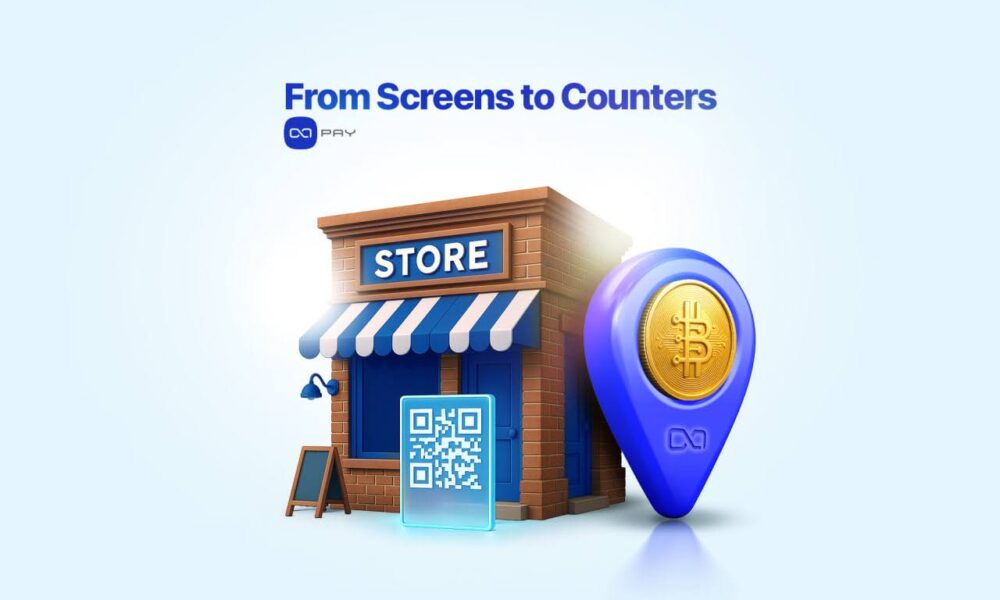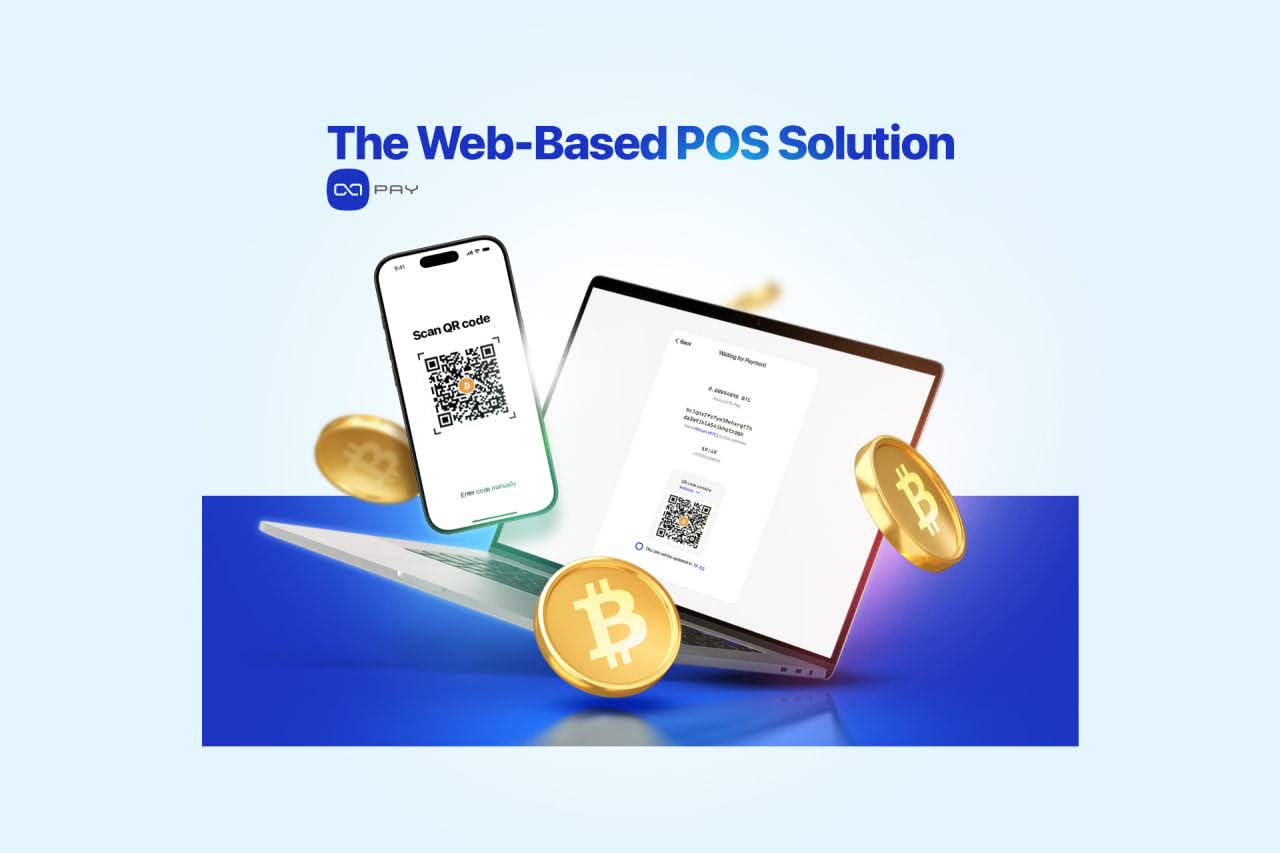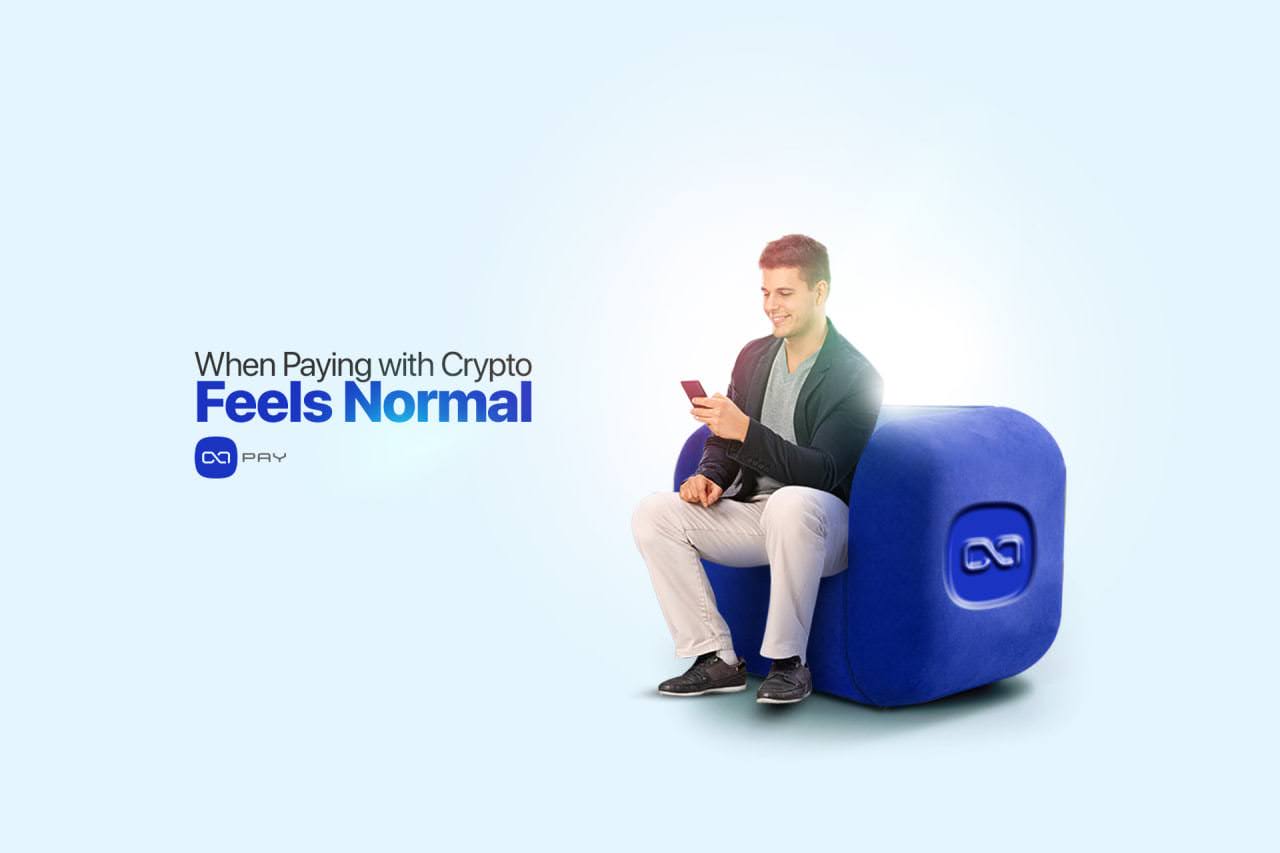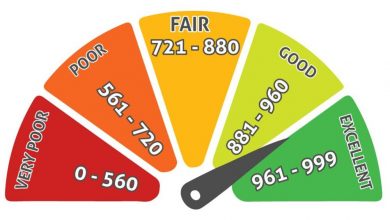From Screens to Counters: Crypto Payments Go In-Store

For years, crypto payments have been a natural fit for the online world, used by e-commerce stores, SaaS platforms, and digital creators. According to Cointelegraph Research (2024), global merchant adoption of crypto payments grew by over 30% in the past year, driven mainly by stablecoins and digital wallets. Statista also projects that the number of crypto users worldwide will surpass 800 million by 2027, signaling rapid mainstream acceptance.
But for physical merchants, the picture looks very different. Most local businesses still depend on cash, cards, and bank-based systems. If blockchain can settle transactions globally in seconds, why can’t it handle something as simple as an in-store sale? The truth is, technology hasn’t been the problem, usability has. Now, crypto payment gateways are closing that gap, bringing blockchain payments from screens to real-world counter
Why Online Businesses Found It Easier to Accept Crypto
Online businesses were the first to make crypto payments work, and it wasn’t a coincidence. Their entire environment was already digital, built around APIs, automation, and instant transactions. When crypto payment gateways introduced merchant tools and API integrations, adding crypto options became as simple as installing a plugin. E-commerce platforms could start accepting Bitcoin, USDT, or Ethereum with just a few lines of code, no terminals, no manual processing.
Web3 Pay: A Turning Point in Wallet-Based Payments
A new generation of payment methods like Web3 Pay allowed direct wallet connections, enabling on-chain confirmation within seconds. For merchants, this solved a major friction point in crypto commerce, no manual address entry, fewer human errors, and instant confirmations that kept orders moving smoothly without staff intervention.
A Mature Online System Still Waiting to Go Physical
With continued improvements such as auto settlement, stablecoin conversion, and real-time webhooks, online crypto payments became fast, stable, and transparent, practically indistinguishable from card rails in daily operations. Yet these advances stayed behind the screen. Physical venues rely on human interaction and expect transactions to be immediate. So for many merchants, the open question remains: if crypto works this seamlessly online, what closes the gap at the counter?
What’s Stopping Physical Stores from Accepting Crypto?
For local merchants, the real challenge has never been the blockchain itself, it’s how to make it fit into daily business operations. Most crypto POS systems require installing dedicated apps, syncing wallets, or even buying specific hardware. That’s simply too much for small business owners who just want to process sales and keep the line moving.
A café owner doesn’t want to configure blockchain nodes, and a retail manager doesn’t have time to monitor transactions manually. What businesses need is a solution that feels as natural as what they already use, something as simple as a browser, as fast as card payments, and as secure as the blockchain itself. The next logical question is: can crypto payments ever be as easy as scanning a code on the screen?
How a Web-Based POS System Solves the Problem

This is where innovation meets practicality. Modern solutions are moving beyond traditional POS terminals, and OxaPay Merchant POS is a leading example of that shift. Instead of relying on hardware or complicated apps, it works directly through any browser, no downloads, no installation, and no special devices required.
How It Works
Staff open the POS dashboard, enter the amount in fiat or crypto, and display a QR code. The customer scans it using any supported wallet, and the payment confirms on-chain within seconds. The transaction status appears instantly on the same dashboard, ensuring staff and customers stay in sync throughout the process.
Why It Matters for Merchants
For merchants, the advantage lies in simplicity and control. A web-based POS can run on any connected device, from a tablet at the counter to a phone in a delivery van. Staff don’t need technical training, and every transaction automatically updates in one unified system that also manages invoices, payment links, and other merchant services.
This eliminates the complexity of managing multiple payment tools, reduces reconciliation work, and gives business owners real-time visibility into revenue across all channels. In short, it turns crypto acceptance into a standard part of the checkout process, not a separate workflow.

When Paying with Crypto Feels Normal
Once the process becomes seamless for merchants, crypto payments start blending into everyday business routines. The cashier’s steps stay the same: enter an amount, show a QR code, confirm payment. The customer interaction doesn’t change, only the rails behind it do.
From a business standpoint, that’s what real adoption looks like: staff can handle transactions confidently, owners can reconcile data easily, and customers enjoy faster checkouts without realizing they’re using blockchain at all. The experience feels normal, not novel.
As one merchant who tested the new web-based POS described it,
“It’s like adding a new currency, not a new system. Everything still works the same, just faster.”
A Unified Future for Crypto Payments
Crypto payments are moving out of niche online use and into real-world commerce, and this shift is driven by practical, accessible technology. OxaPay’s web-based POS system shows that crypto acceptance doesn’t need to be complicated or expensive; it just needs to be usable.
For merchants, this means more payment options for customers, lower dependency on intermediaries, and smoother integration with their existing workflows. For the broader market, it means a future where crypto payments are no longer a curiosity, they’re simply another reliable way to do business.
The transition from online to offline is no longer theoretical. It’s already happening, one browser window at a time.

Source: From Screens to Counters: Crypto Payments Go In-Store




